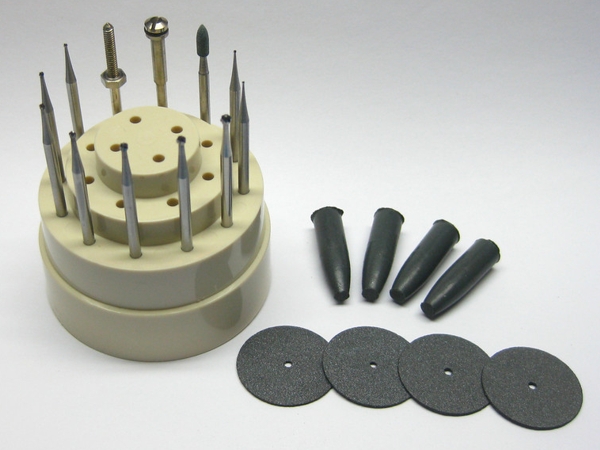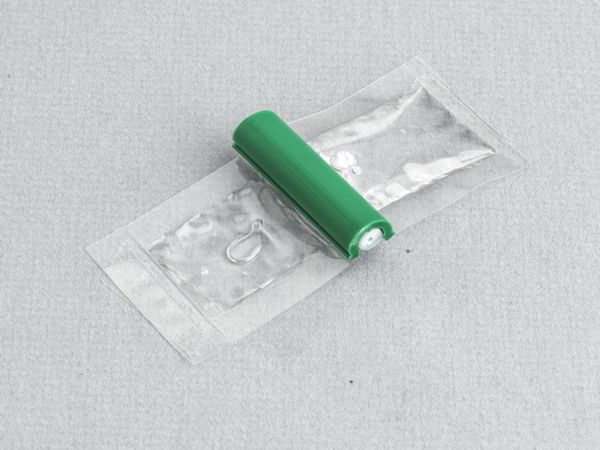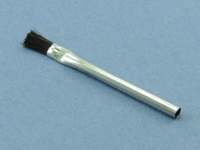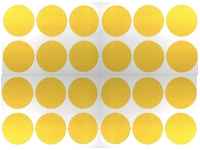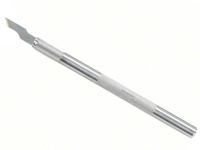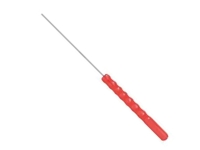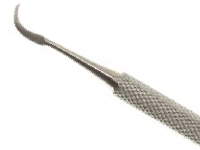|
Outline
This method repairs minor damage to a key slot or other cutout in a printed board or assembly. The area is repaired using high-strength epoxy.
|
|||||||||||||||||||||||||||||||||||||||||
|
Procedure
Evaluation
|
|||||||||||||||||||||||||||||||||||||||||
Images and Figures
Key and Slot Repair, Epoxy Method

Figure 1. Mill away the damaged board base material using a Micro-Drill System and ball mill.

Figure 2. Apply epoxy to the edges of the key slot using a mixing stick or micro-probe.

Figure 3. Completed key slot repair.
|
|||||||||||||||||||||||||||||||||||||||||
3.4.1 Key and Slot Repair, Epoxy Method
This procedure covers minor repair of key slots on circuit board assemblies.
Minimum Skill Level: Advanced
Conformance Level: High
REQUEST FOR QUOTE GUIDES INDEX

Key and Slot Repair, Epoxy Method

Mill away the damaged board base material using a Micro-Drill System and ball mill.

Apply epoxy to the edges of the key slot using a mixing stick or micro-probe.

Completed key slot repair.

This clear, low-viscosity, superior-strength epoxy is ideal for many circuit board repair and rework uses.
LEARN MORE

This versatile tool is ideal for milling, drilling, grinding, cutting, and sanding circuit boards.
LEARN MORE

We're here to help with all your challenging circuit board and electronic component rework and repair needs.
LEARN MORE
SLIDESHOW STARTING
❮
❯

